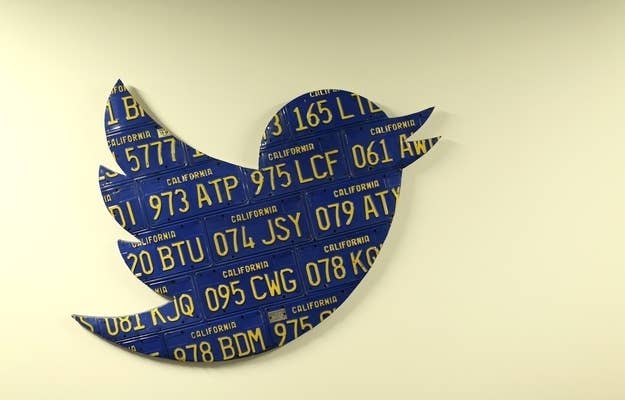
Twitter's stock already has a price target, and it hasn't even gone public yet.
SunTrust Robinson Humphrey analyst Robert Peck initiated coverage of Twitter today with a "Buy" rating and a price target of $50. That's well above some estimates, which have pointed to an initial public offering price of between $28 and $30. The consensus has settled on a valuation of around $20 billion, according to multiple estimates compiled by Bloomberg.
Essentially, this means that Peck believes that Twitter will be able to make a lot of money. A stock is more expensive when investors believe it will continue to grow, or will be able to return value to them in the form of things like dividends and share buybacks. Twitter's primary business is online and mobile advertising, particularly around real-time events like the Super Bowl and television shows — an area that has traditionally frustrated many tech companies.
"When investors look at Twitter, it will be important to look at what the company could look like several years out, and what is driving the company in that direction," he wrote in the report.
In it, Peck also looks at some of the opportunities for App Install advertisements, which could actually turn out to be a pretty big business for Twitter. Facebook said last week that it had driven more than 145 million installs through its program. Earlier this year, BuzzFeed reported that the cost-per-install averaged around $2.50 to $3.
Here are a few things he points out:
Twitter provides massive reach for broadcasters, which in turn should attract more users.
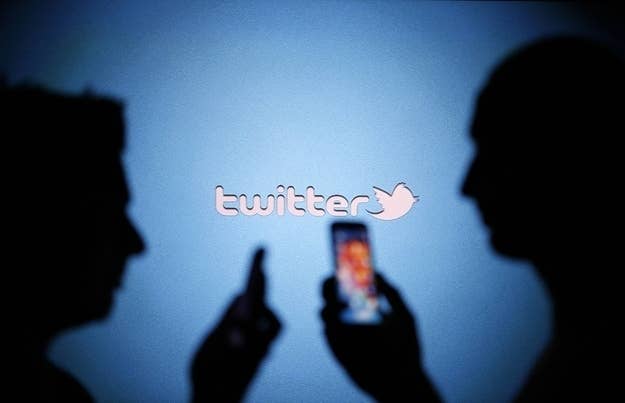
"For consumers, it's an effective way for them to 'tune in' to the information they want. By 'following' certain people or companies, a user can create a curated and personalized stream of information. This can be general news, finance, entertainment or any interest. Due to its broadcast nature, Twitter provides massive reach for broadcasters, where they are merely limited by their message's attractiveness to consumers."
Twitter has tools for full-on conversations, which is good for engagement.
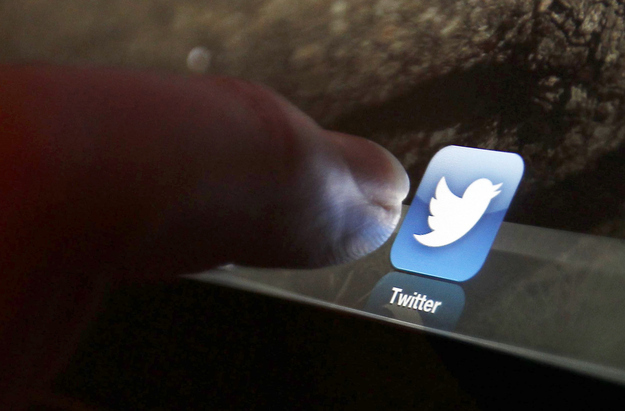
"In many ways these methods provide not only private communication, but also public discussions between many Twitterers. For example, two prominent bloggers could publicly debate a topic back and forth, providing a 'public forum' like experience. They can also just communicate privately with their thoughts, replacing email and IM communications."
In this case, better engagement typically leads to better monetization of users. The more often they check and use the app or site, the more ad impressions it leads to, and engaged users are more likely to interact with advertisements.
Twitter's conversations usually happen around live events, in real time.
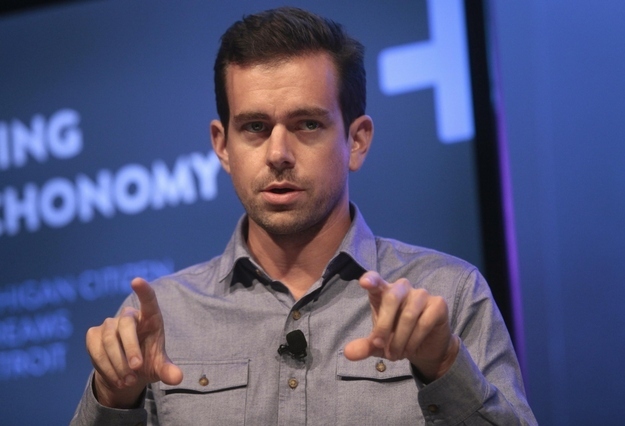
"Twitter, however, is real time in nature. The conversations flow around interests and comments take place at that exact moment. Conversation can erupt from out of nowhere around natural disasters, rebellions, sports achievements and large celebrity events like the Oscars. Part of the attraction of Twitter for consumers is therefore being present in the real time conversation, and hence why people check their stream so frequently."
Because Twitter is where these conversations happen, it gives brands like Oreo an opportunity to tap into that audience and advertise products to them in a very relevant fashion. For example, when the lights went out during the Super Bowl last year, Oreo was able to deliver a tweet advertisement that was extremely relevant. This leads to much better engagement with the brand or advertisement.
Power out? No problem.

Oreo Cookie
@Oreo
Power out? No problem.
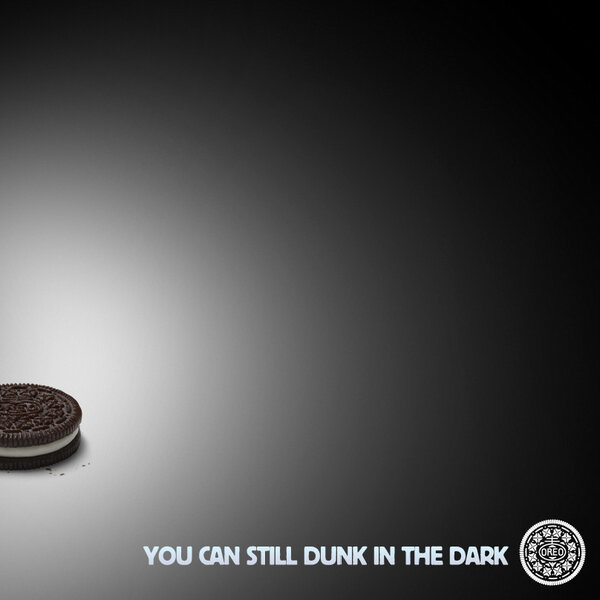
Twitter's data about its users is more tied to interests, which is a good play for advertisers.
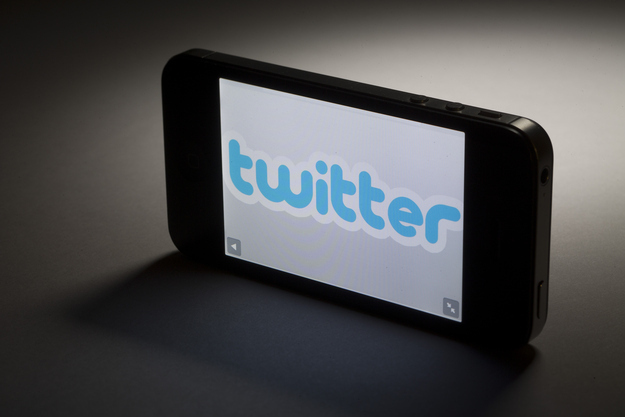
"Twitter users follow beyond just friends — they follow topics of interest. This includes prominent bloggers of a certain topic, sports icons, business news, political figures, foodies, home decorating experts or whatever they find interesting. Someone may follow the Georgia Bulldogs' football team, Warren Buffet, President Obama and singer John Mayer in their stream because those are the topics or people that most interest them."
This gives Twitter an opportunity to form a unique advertising business by cashing in on promoted tweets surrounding particular interests, like sports-related advertisements. Here's what he said about the advertising play:
"Twitter's real time interest graph provides a unique way for marketers to reach the targeted audience in a real time fashion. This can range from handling customer complaints to promoting a product. Further, due to the data Twitter has around its users' self proclaimed interests, it can target advertising to specific groups of people that advertisers want to reach (i.e., sports enthusiasts on the east coast that like SUVs). This is in contrast to other platforms that may try to deduce what a user likes, based on behavioral or other information — in Twitter's case, users have expressly indicated what people / products / or areas they find interesting."
Twitter complements other media.
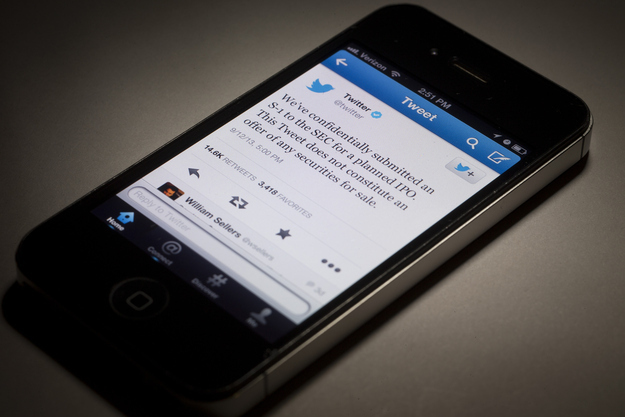
"Twitter is also very unique in that it doesn't necessarily compete with other media consumption (i.e., TV), but to the contrary, it complements it. Many consumers Tweet while watching TV, especially real time events like sports or the Oscars. Tweeting becomes an extension of not only the content of the show being viewed, but also of the marketing done during the show."
This gives TV advertisers a way to further reach consumers as they are watching a television show, for example.
